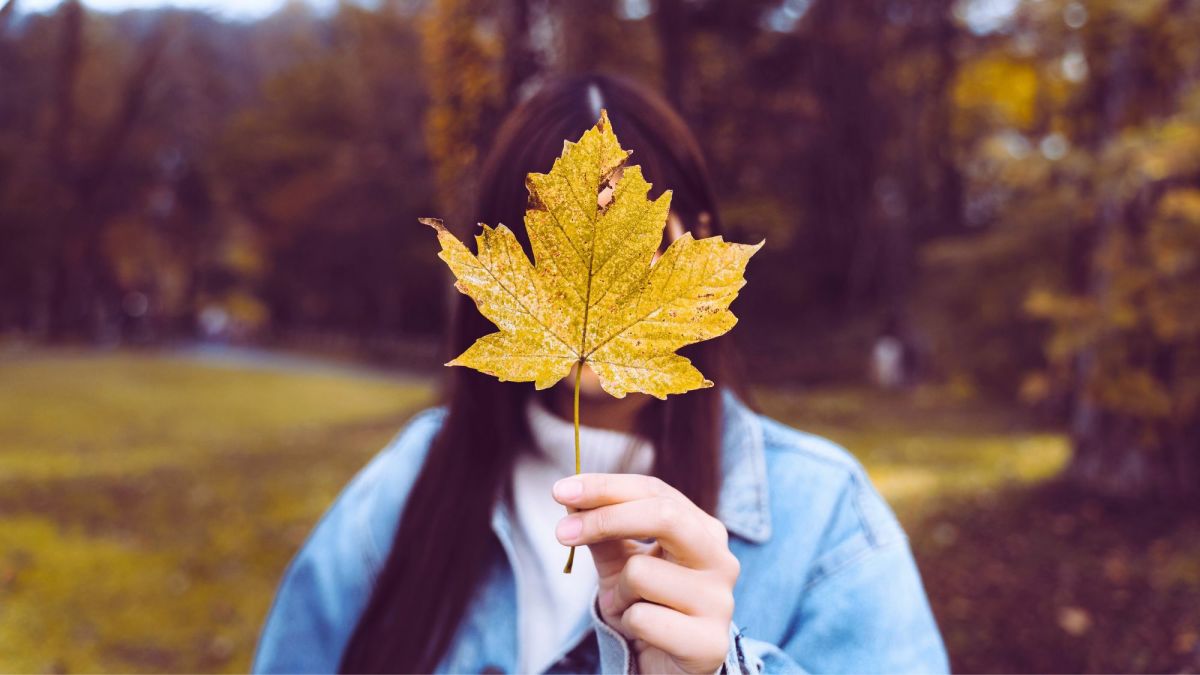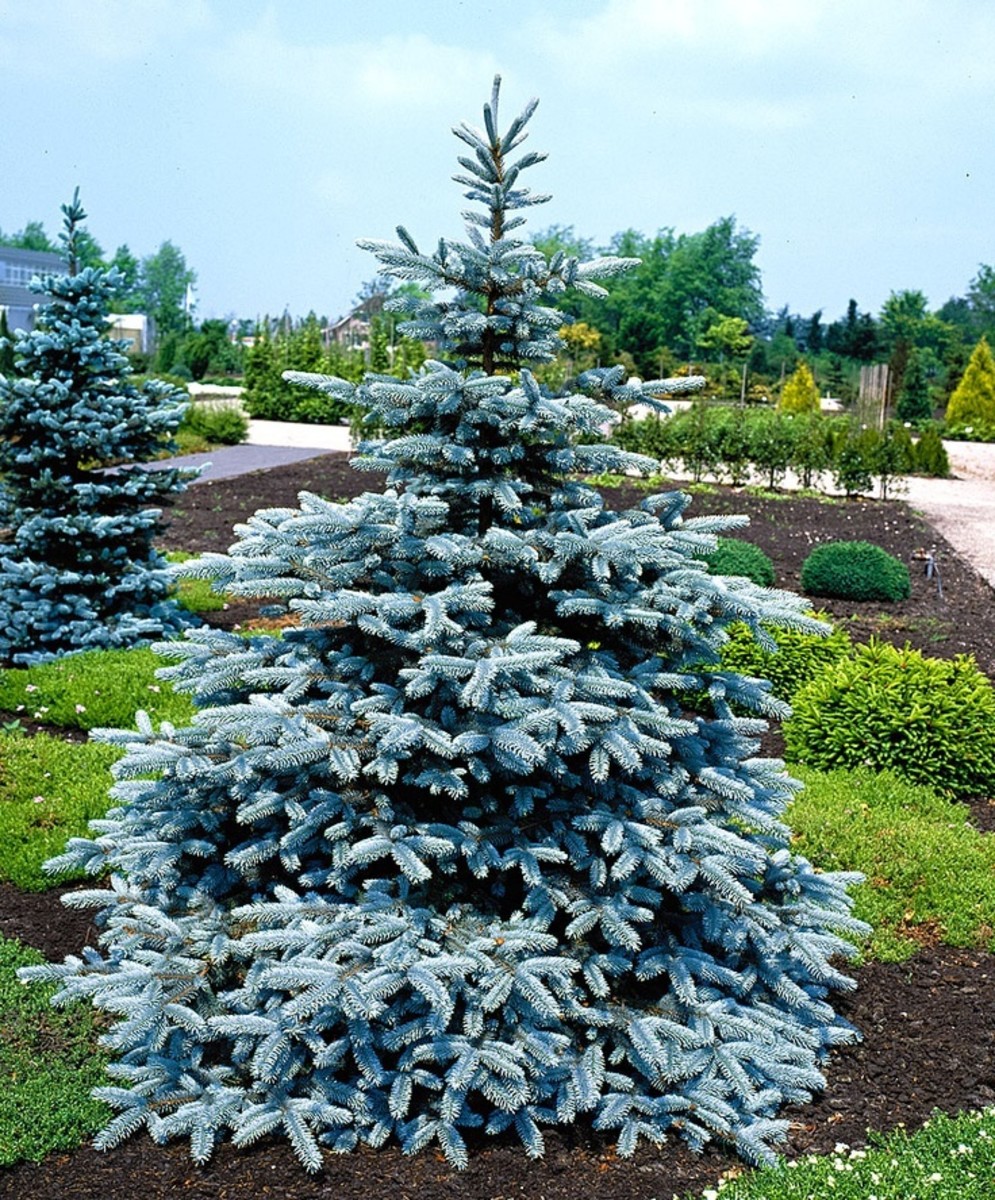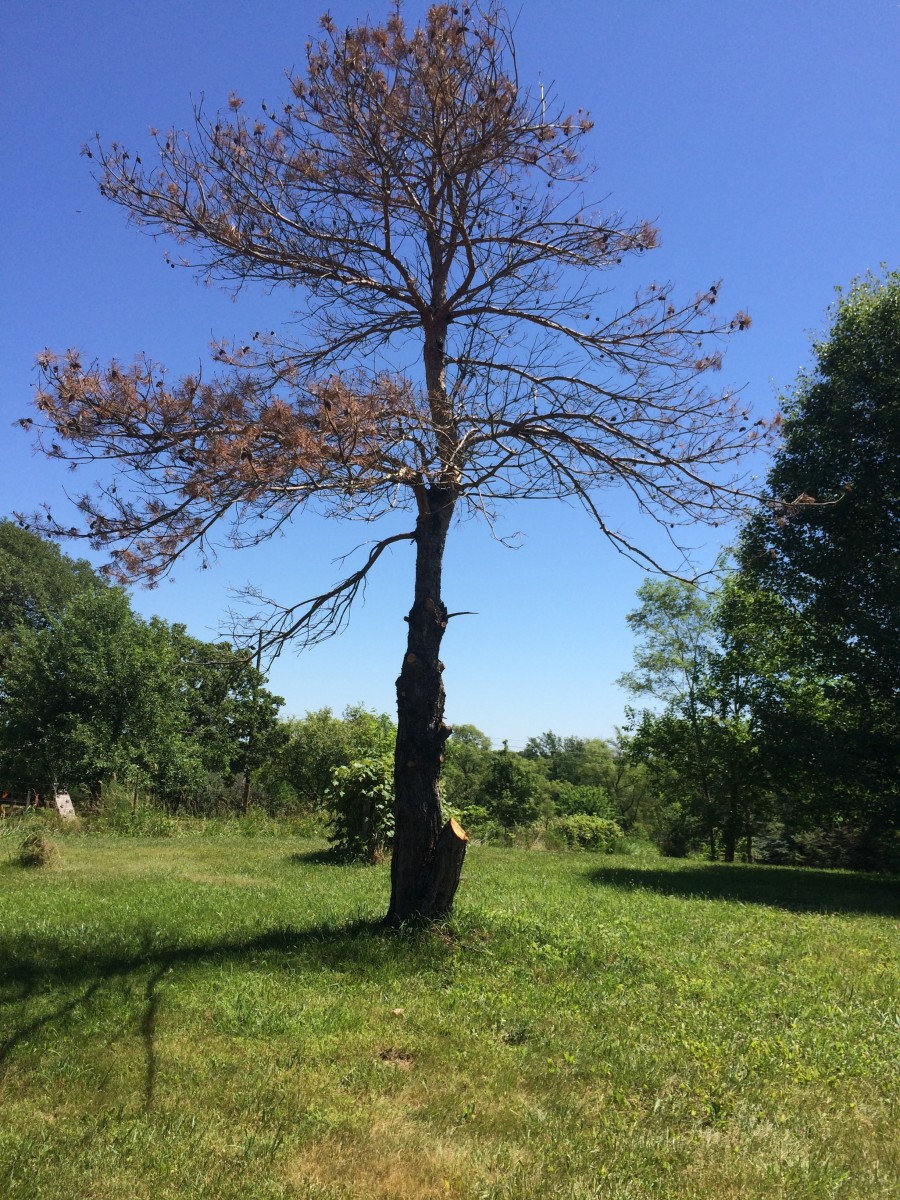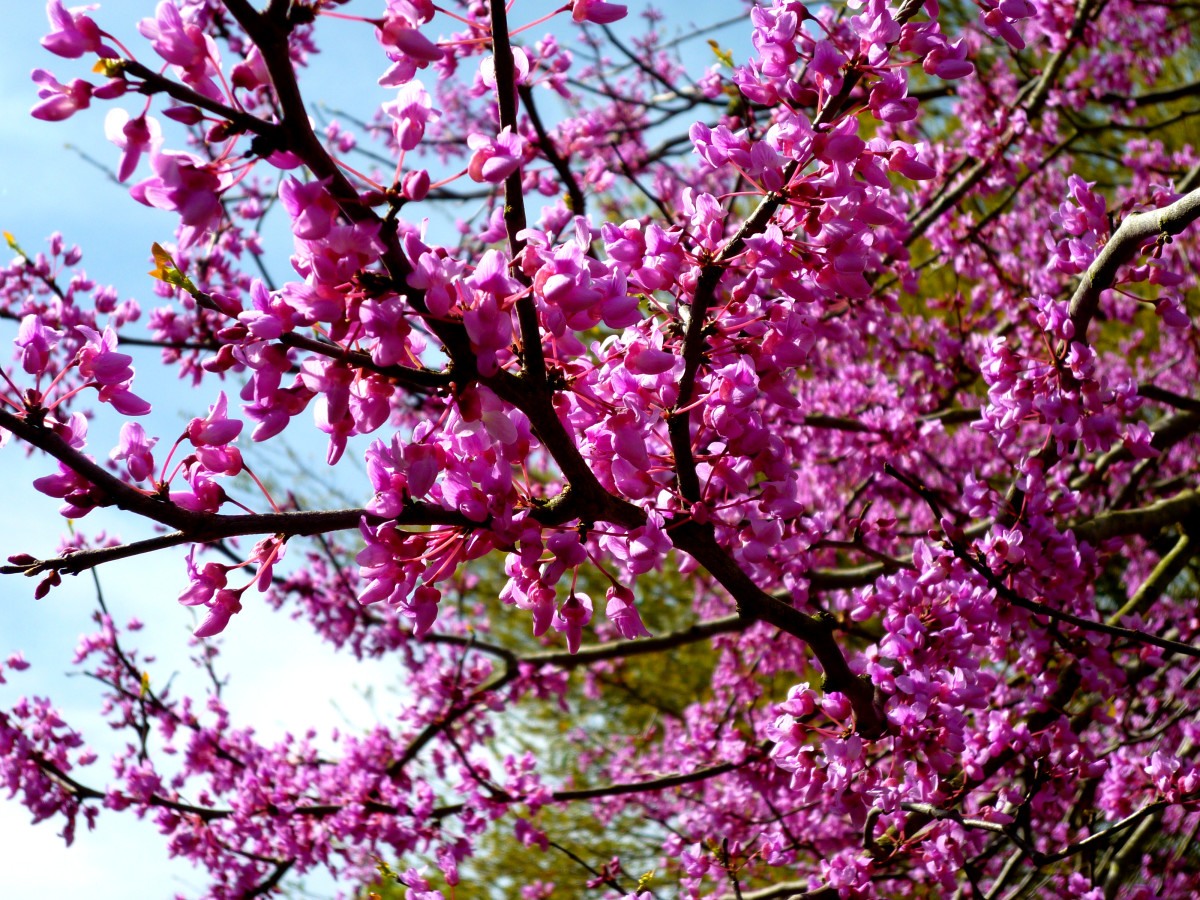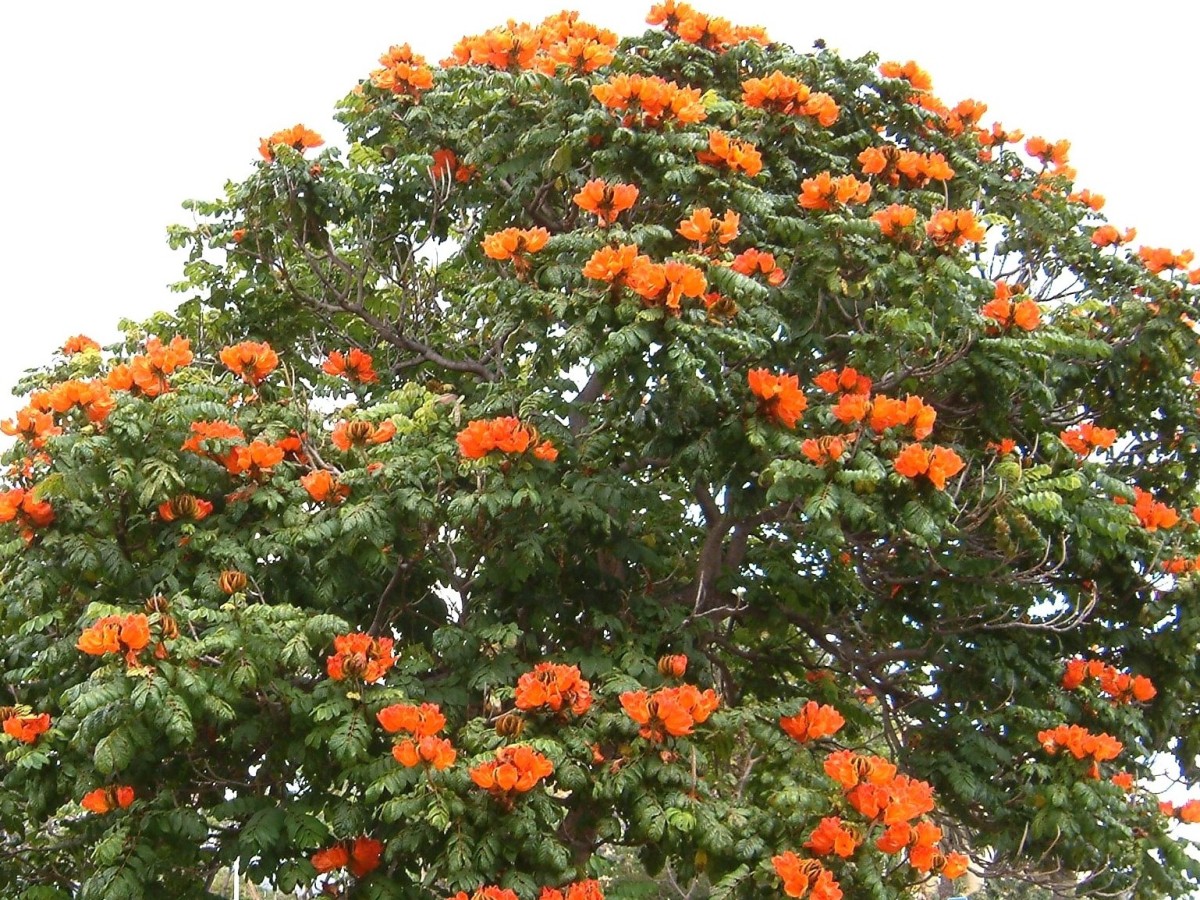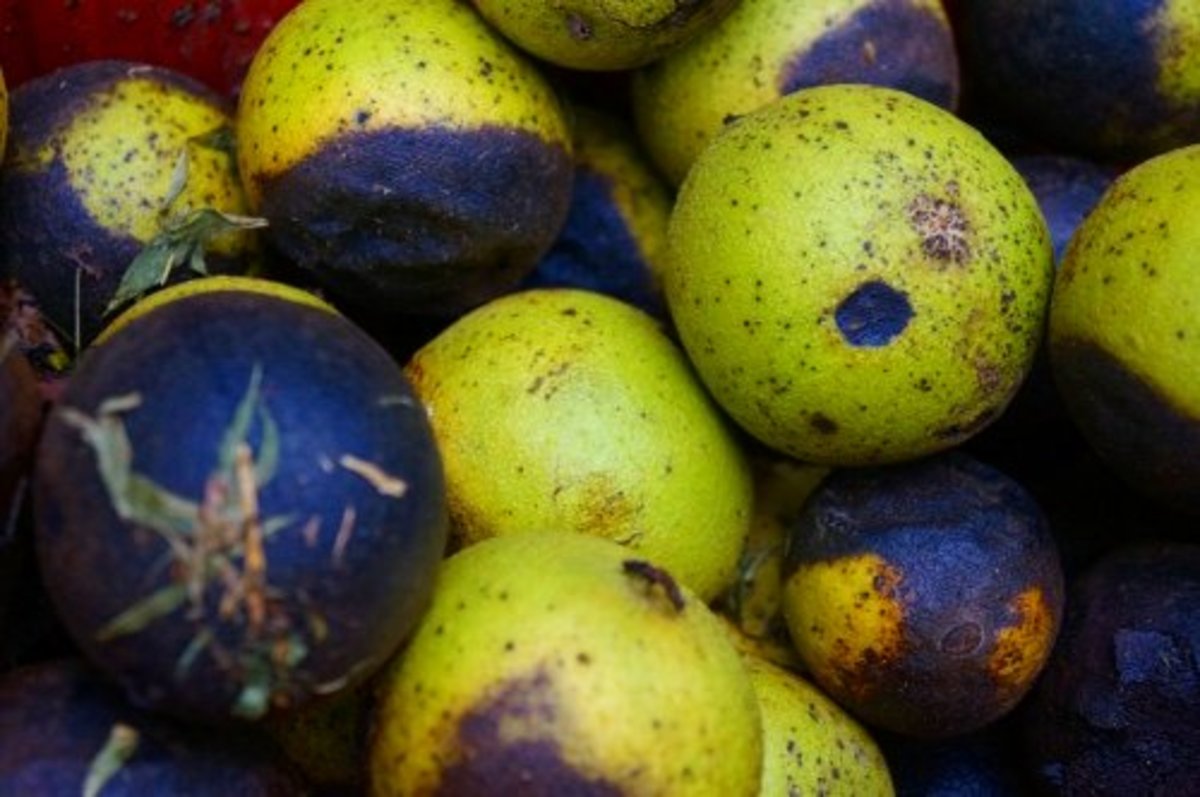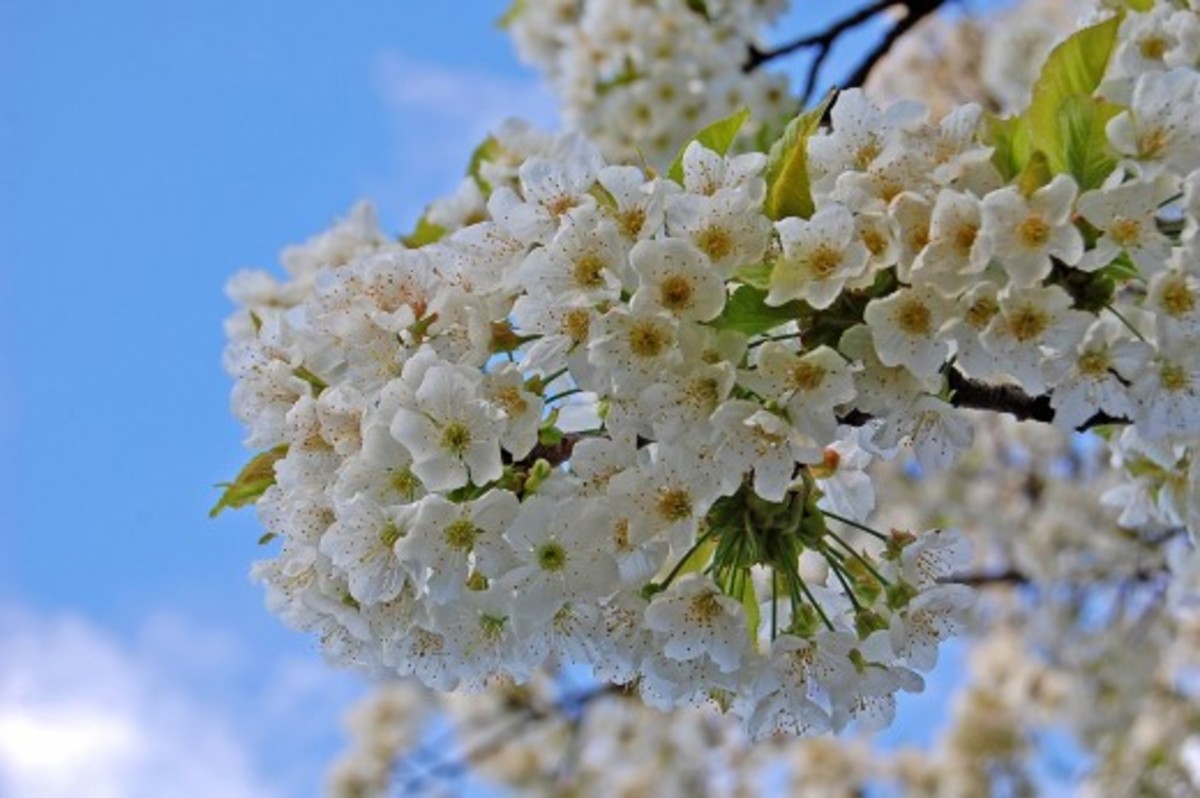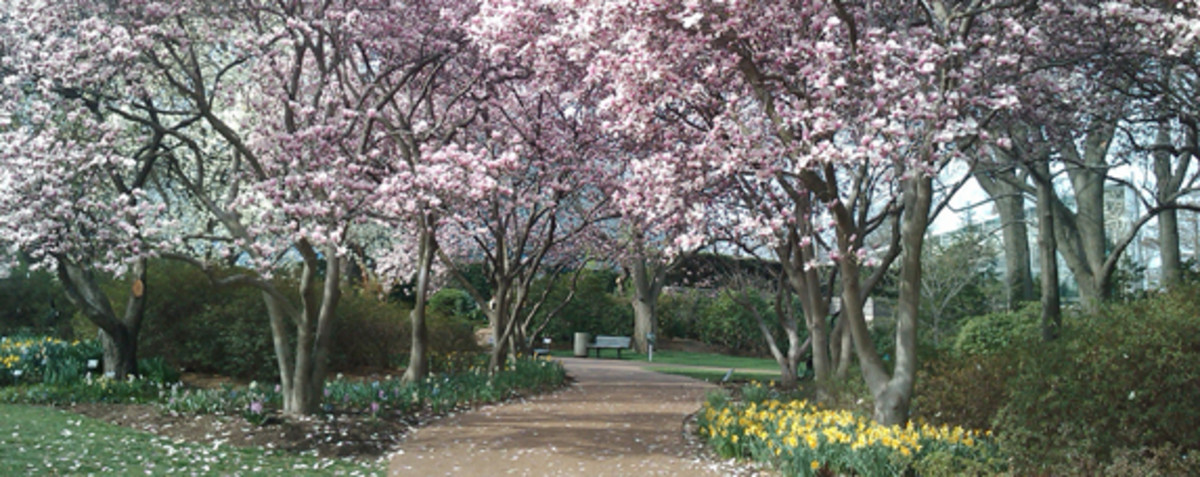How to Save Your Trees From Lightning
Over one million trees are hit by lightning each year. Why does lightning choose to focus on trees so much? Well, trees are ideal for attracting lightning because of the immense heights they can reach, creating the ideal pathway for positive charges coming up from the ground to lead straight to the negative ions in storm clouds and vice versa. Plus, their ample supply of tree sap and water act as excellent conductors for lightning. Although lightning strikes at random and no one can predict exactly where or when it will descend from the heavens and wreak its destruction, there are some things we can do to help reduce the damage lightning causes to trees.
If lightning should hit your tree, don't assume that all will be okay just because the tree isn't instantly killed. It may have been weakened in ways you don't immediately notice, and in the end, it could be more susceptible to disease and attacks by insects. Getting struck by lightning also has a strong effect on the biological functions of your tree. Directly along the path where the strike occurred, sap boils, steam is created and cells actually explode within the wood, causing bark to peel.
There's still hope for a tree if only one side has been struck. In fact, under these circumstances the chances of the tree having survived and continuing to live are good. However, if the strike should pass right through the tree trunk and leaves behind splintered bark or exploded wood, then most likely the tree didn't make it.
Tree Lightning Protection System
If you really want to protect your trees from lightning, you can install a tree lightning protection system. What this does is lessen the chance that your trees will be damaged by lightning. This system is essentially a copper cable line that runs alongside the tree, intercepting a lightning bolt and guiding it to the ground instead of allowing it to hit the tree. It succeeds quite well.
Since you really have to have a tree lightning protection system professionally installed in order to prevent the tree being harmed, or heaven bid, doing collateral damage to the area surrounding it, this method of protecting your trees from lightning can be expensive. So you probably won't want to install such a system for all of your trees, particularly if you have a great many trees on your property.
In this case merely choose the trees which are of the most importance to you, concentrating particularly on those which are of the highest value, and any trees that are within 10 feet of the house or may have limbs that extend to hang over the roof. The fact of the matter is that if a tree within 10 feet of a house is hit by lightning, side-flashes can easily move on to more conductive material such as downspouts which are made of metal and other such objects. Tall trees are the most vulnerable, particularly those standing alone in wide open places like on top of hills, or near water. You should also be aware that certain species such as tulip, pine, oak and maple are also more vulnerable to lightning.
In deciding whether or not to install a lightning protection system for your trees, keep in mind that it is a lot better to prevent disaster than to wait until it actually happens and then try to correct it. Also, know that spending the money on protection for your trees once, will in the long run, be a worthwhile investment, far better than having to continually replace trees which lightning has destroyed.

